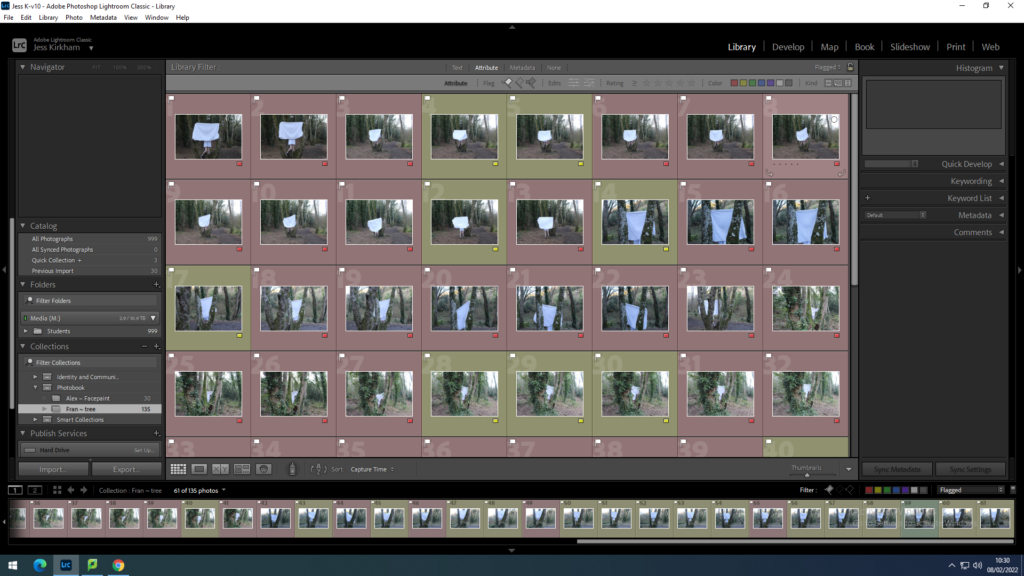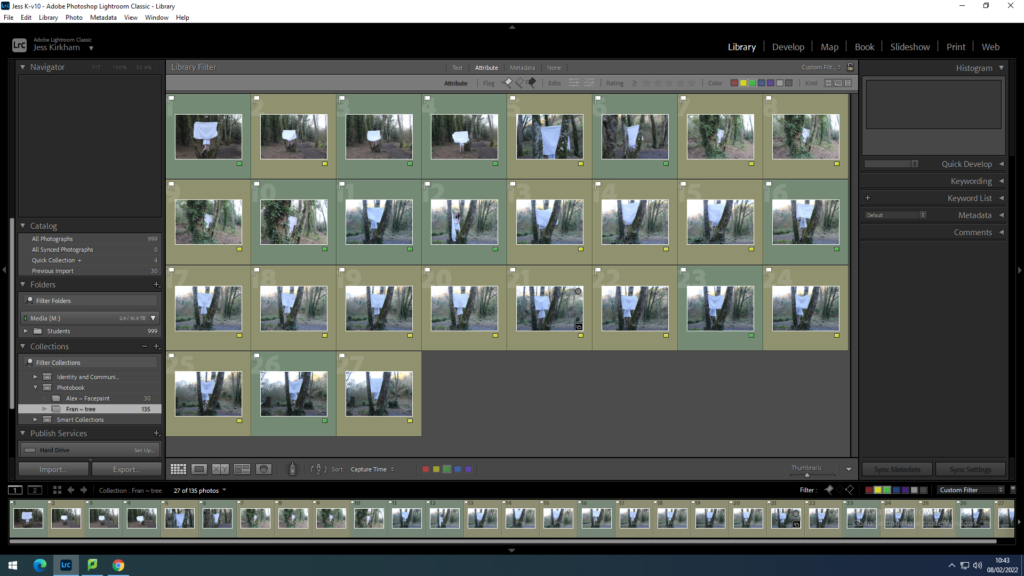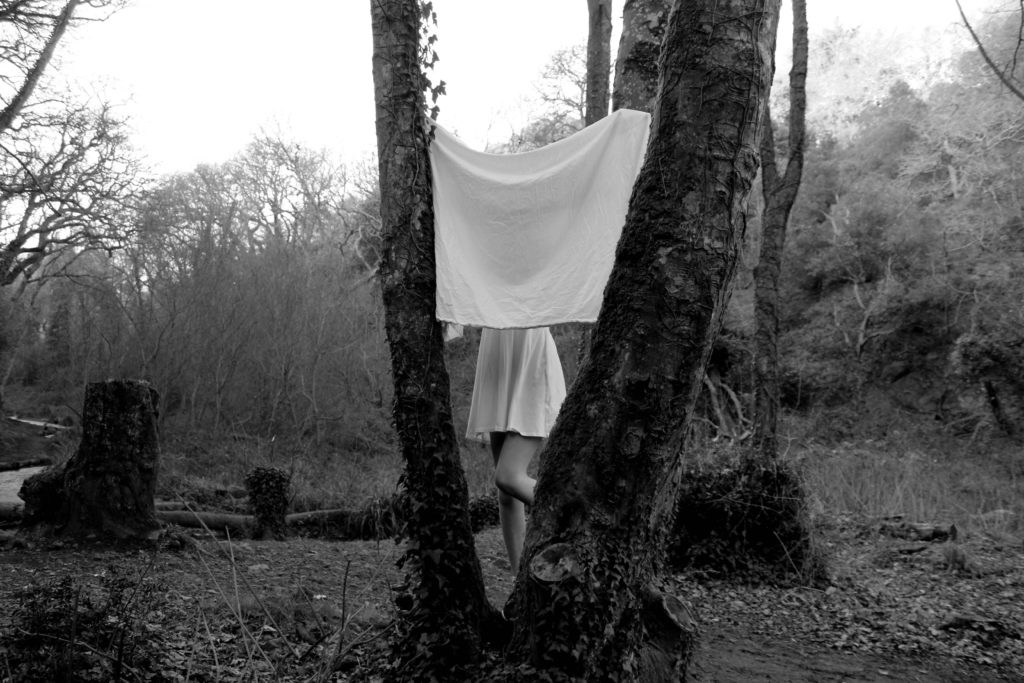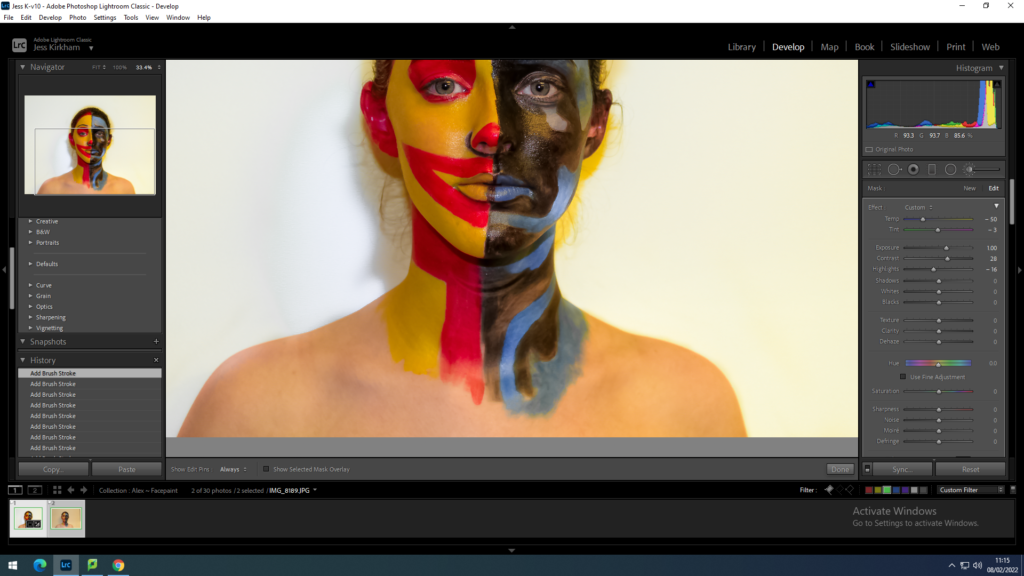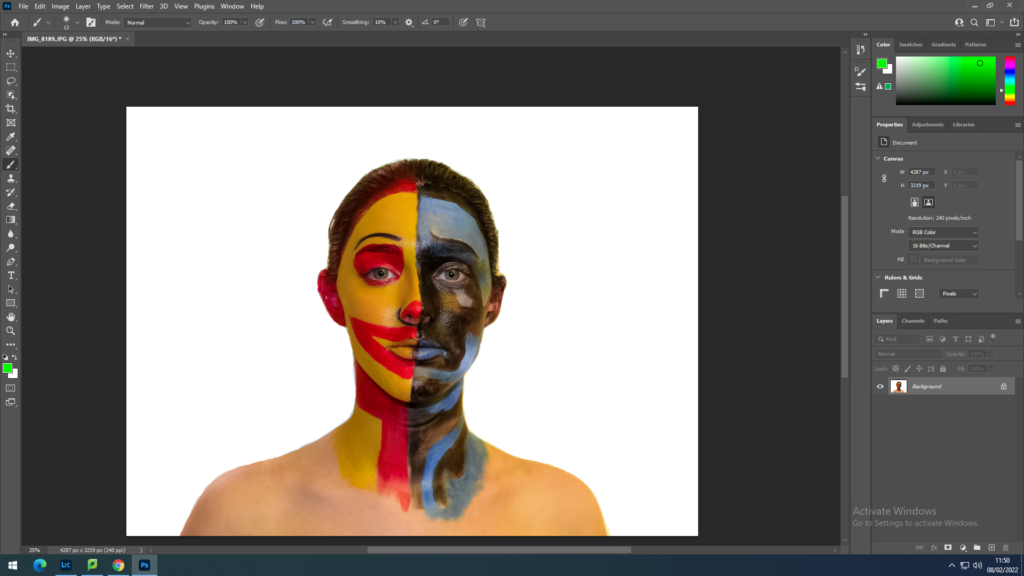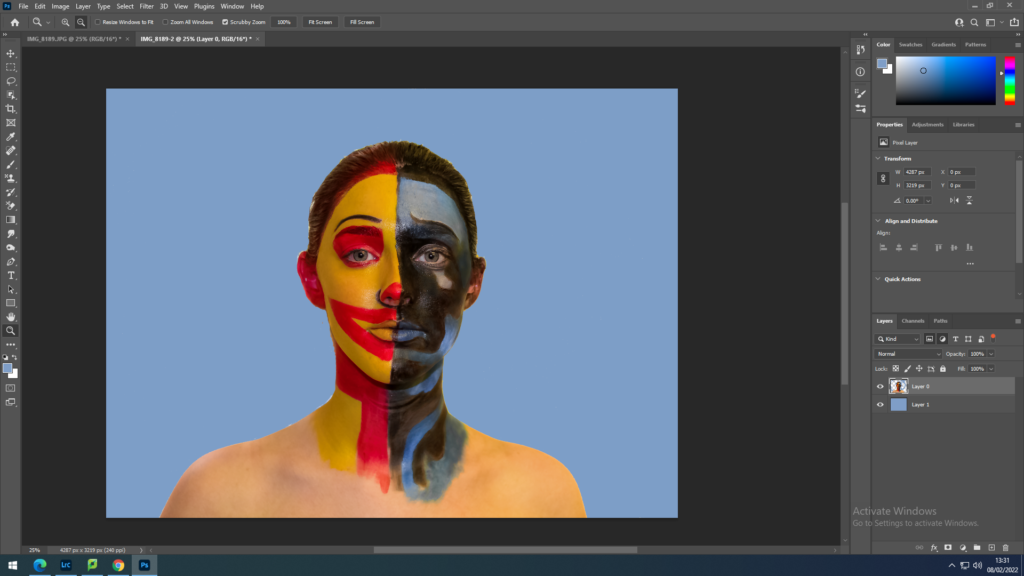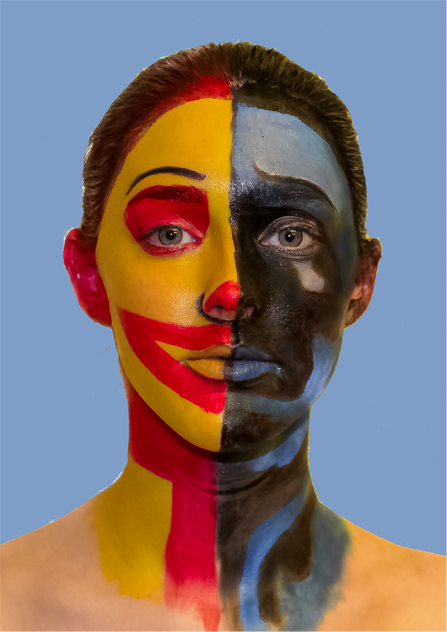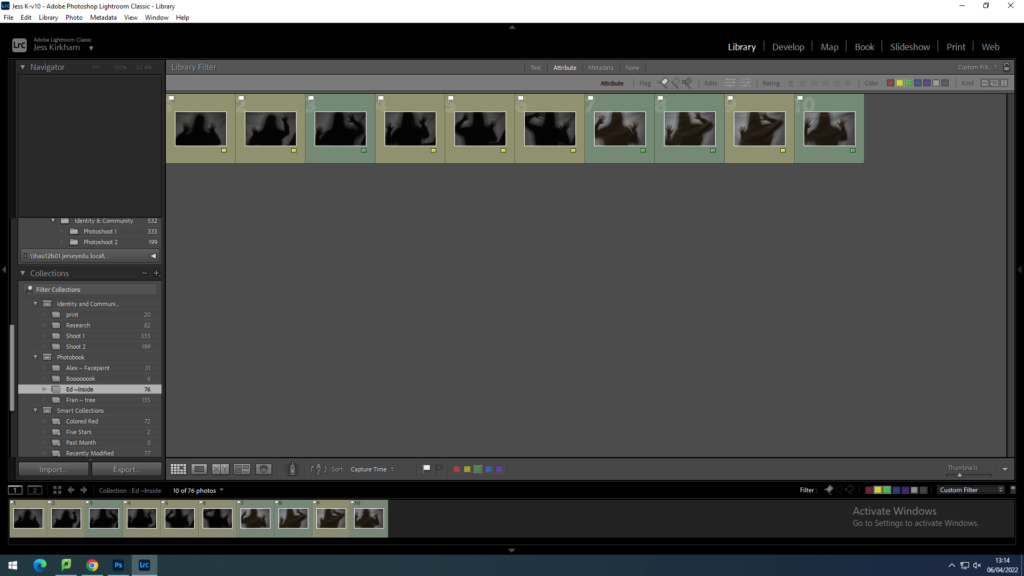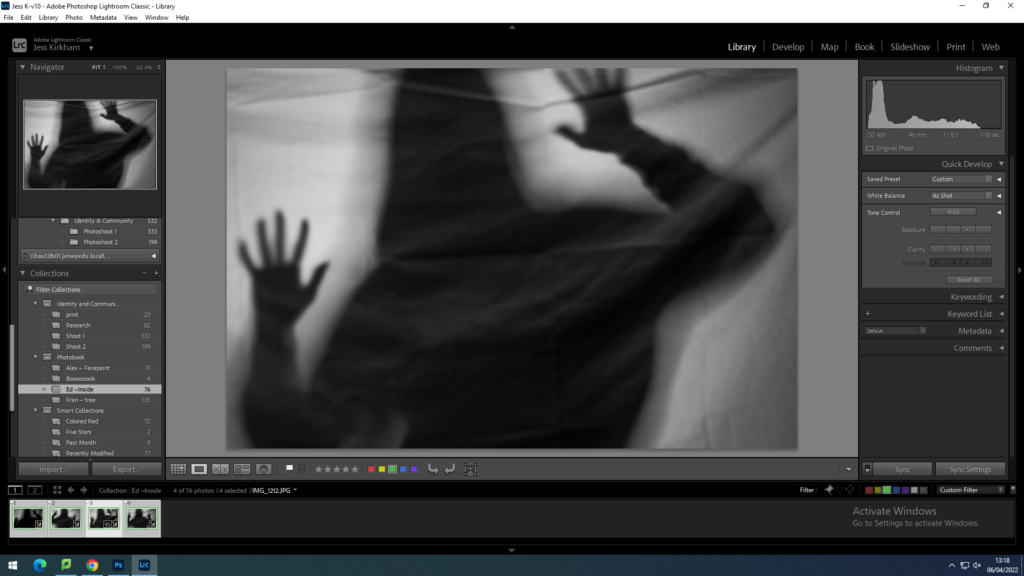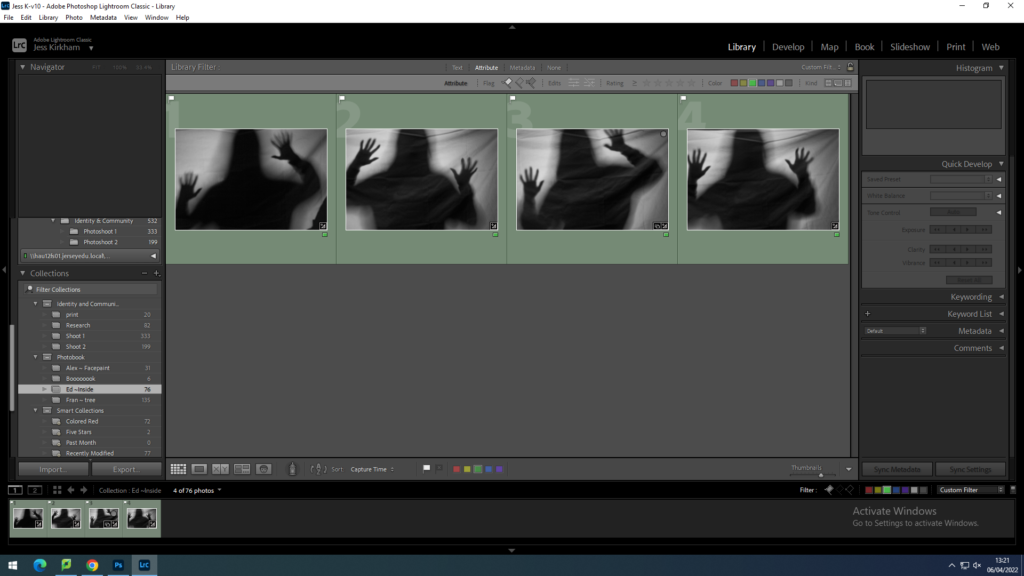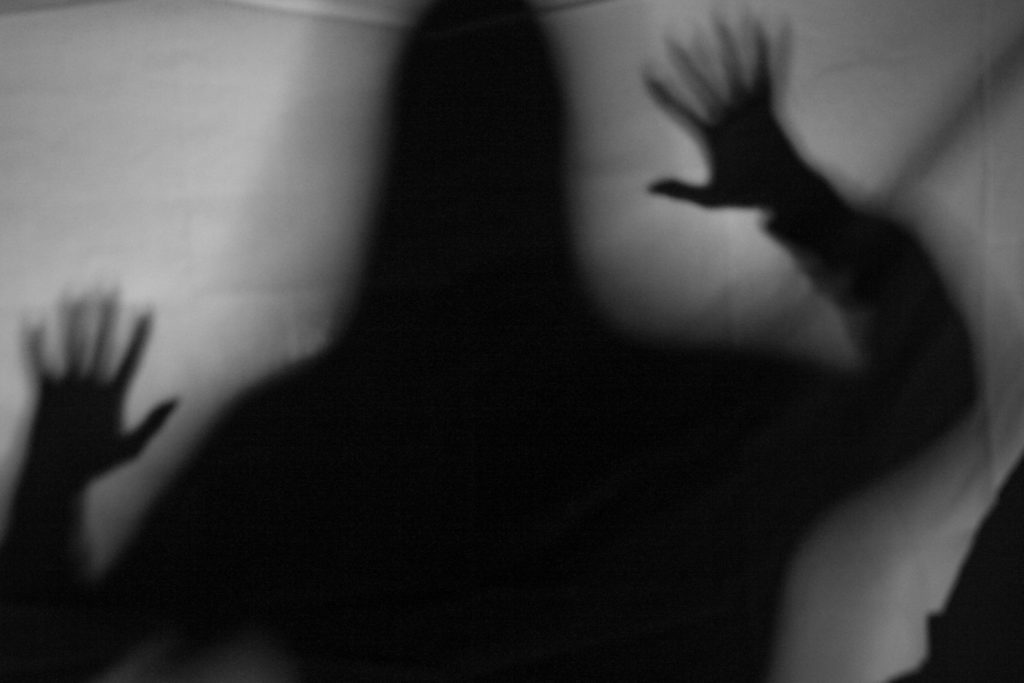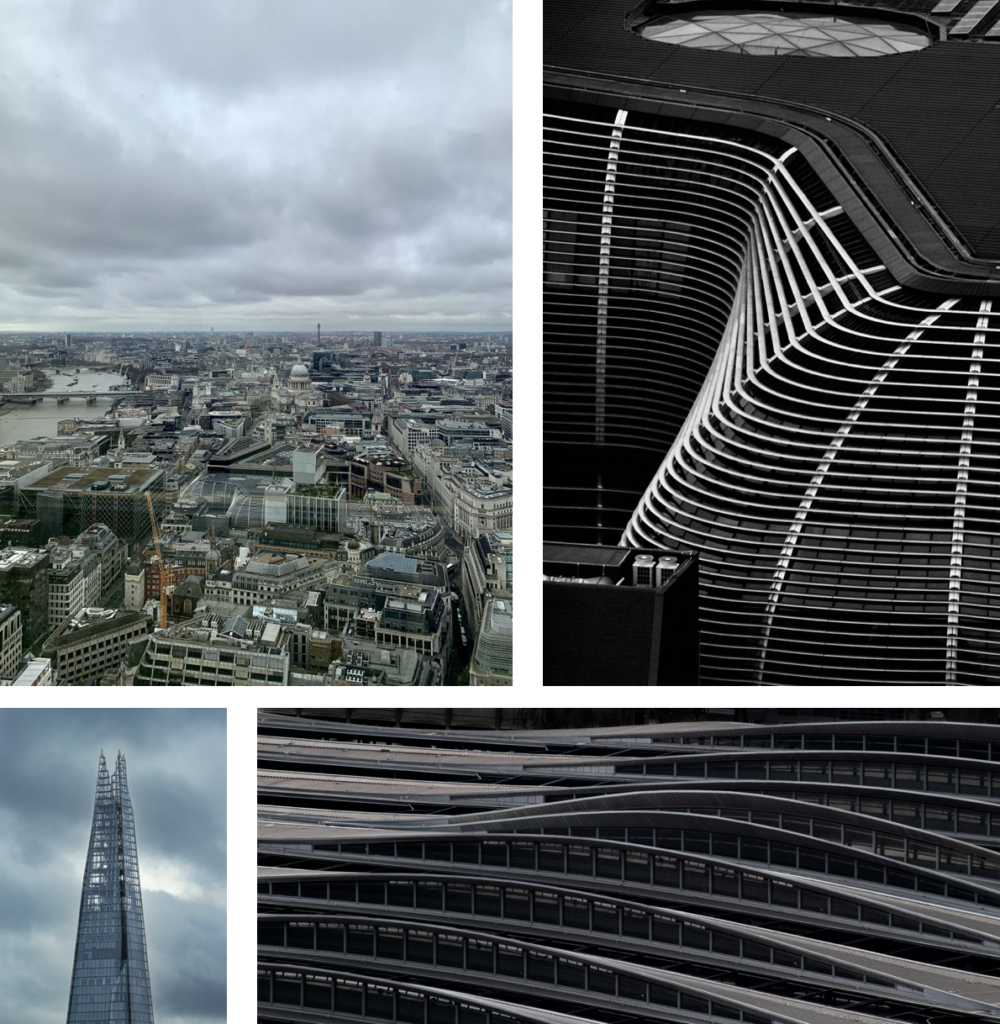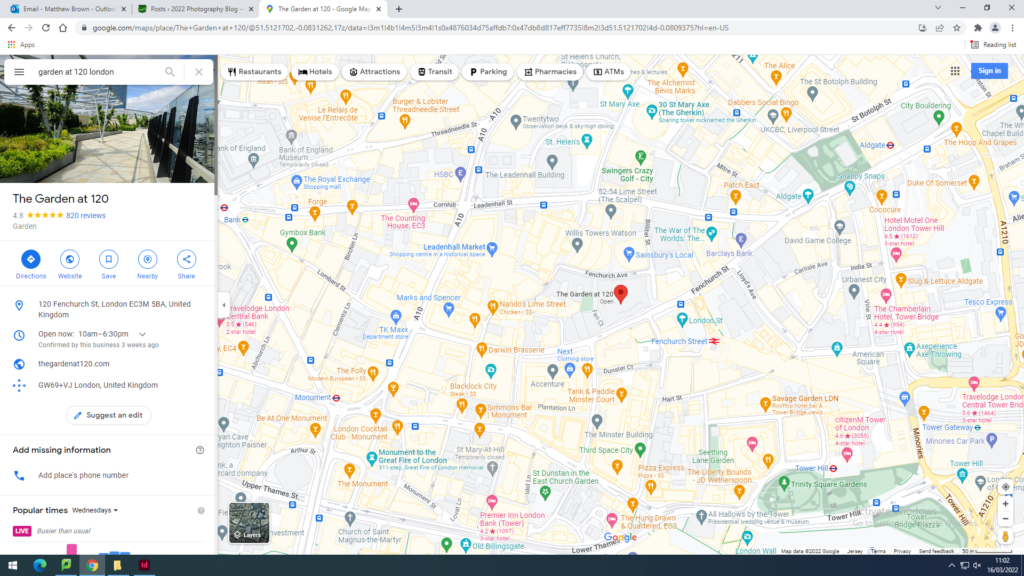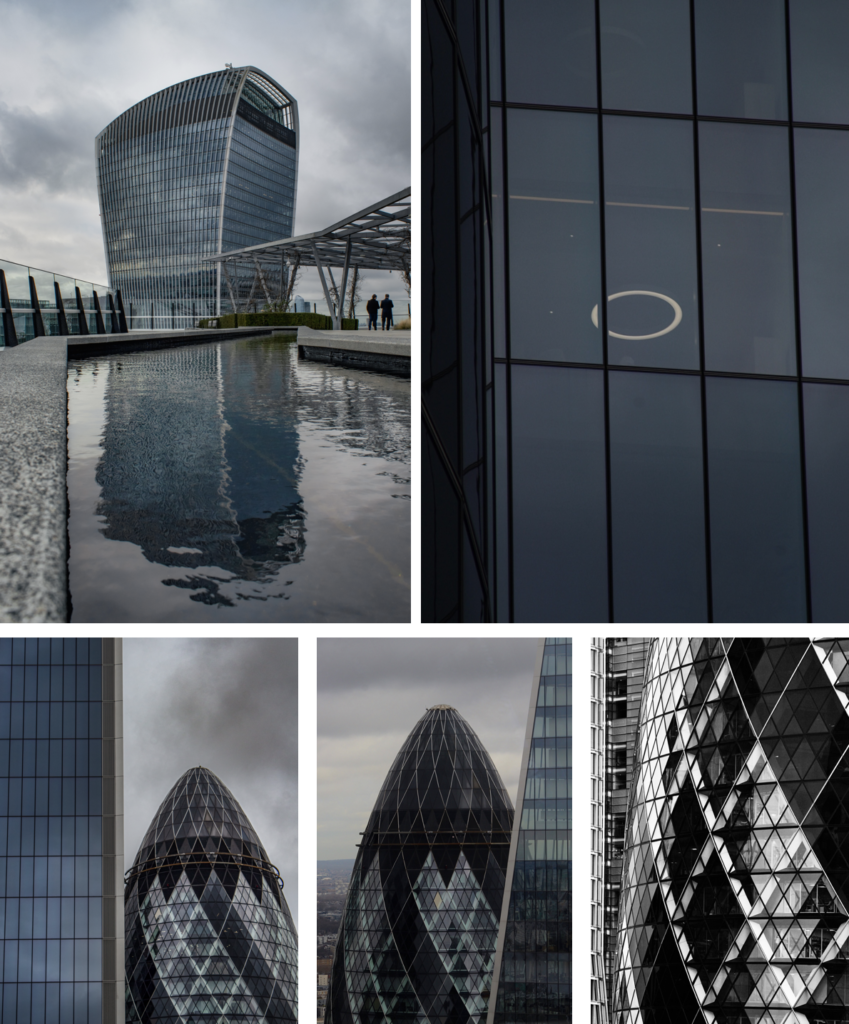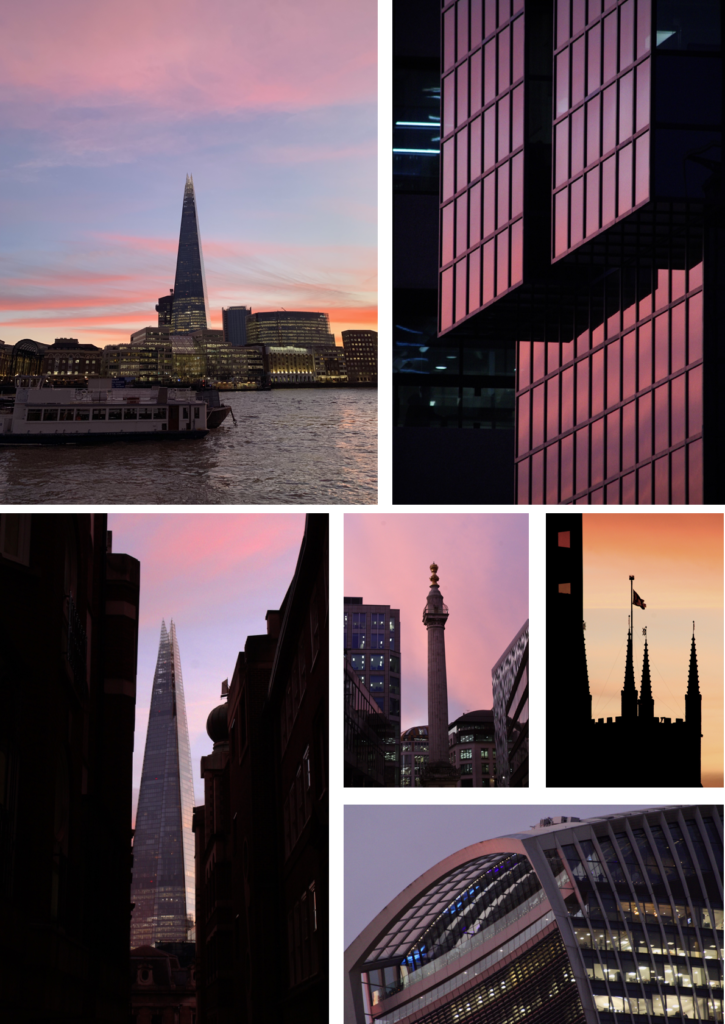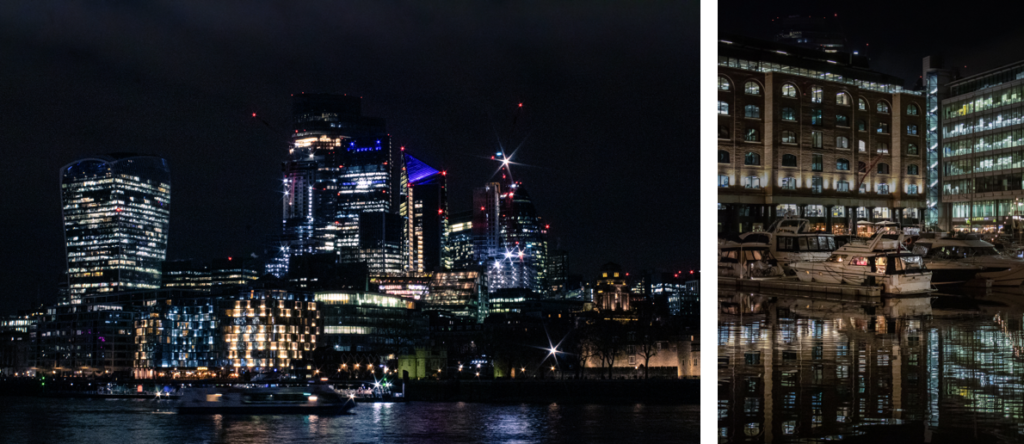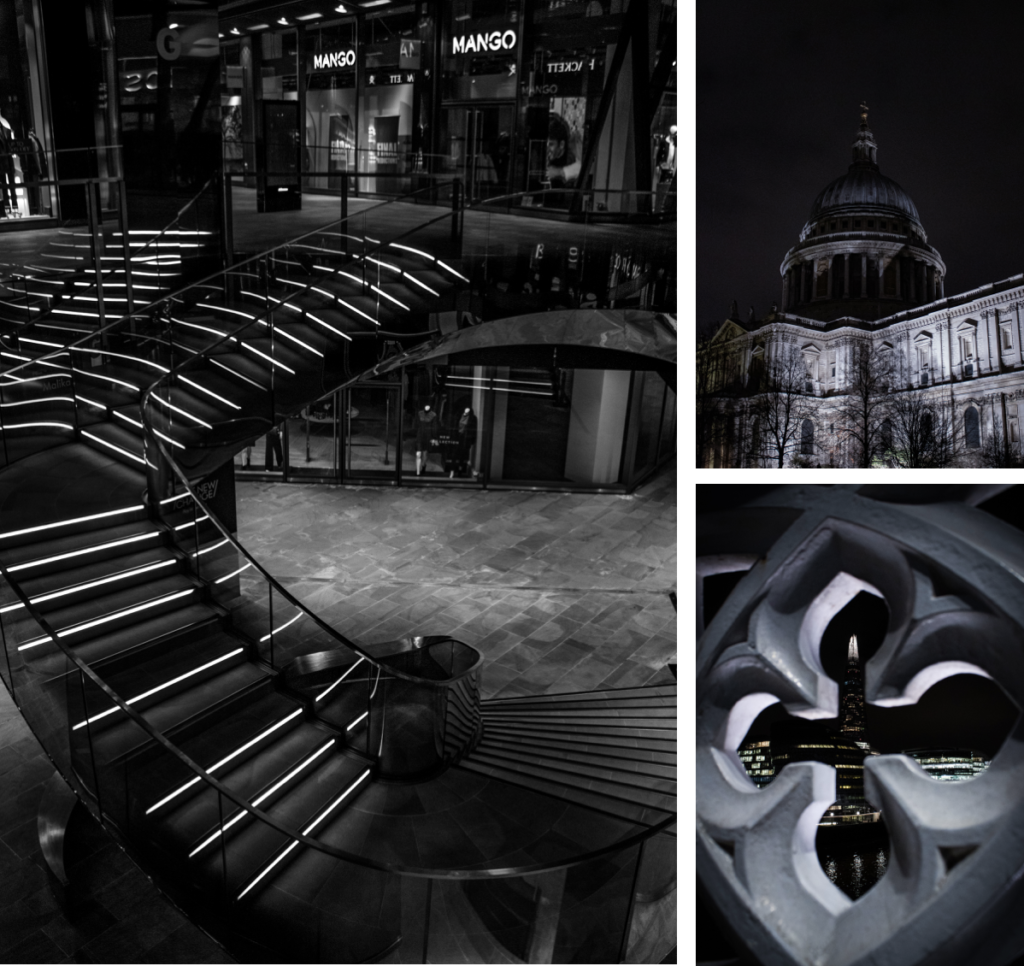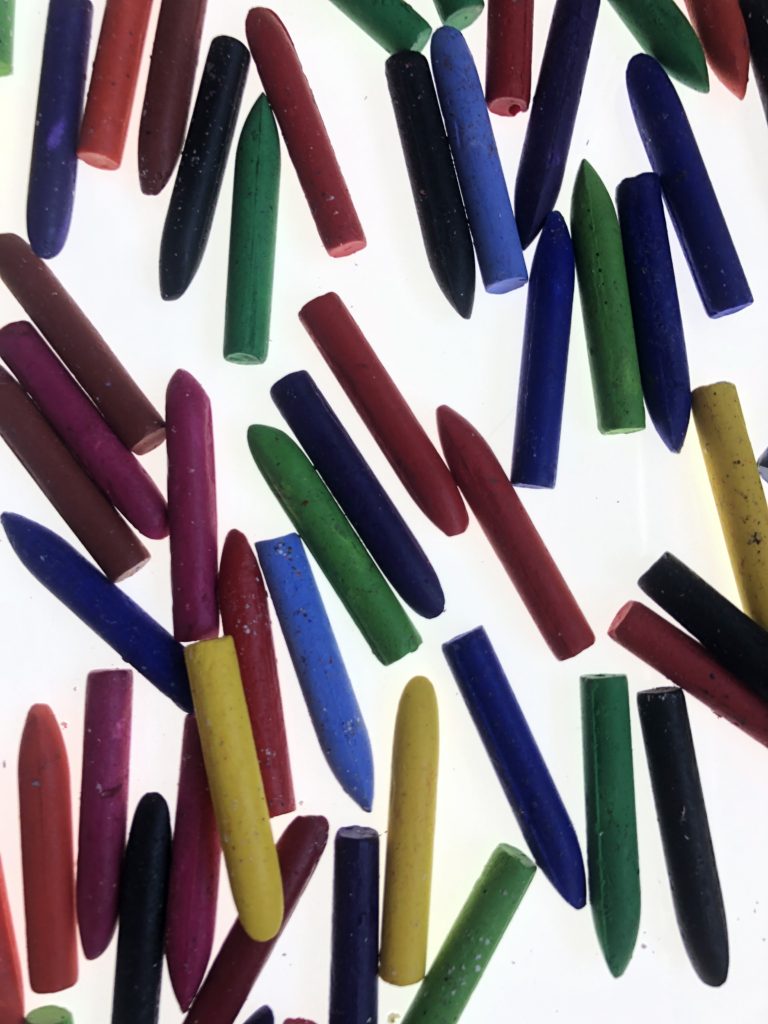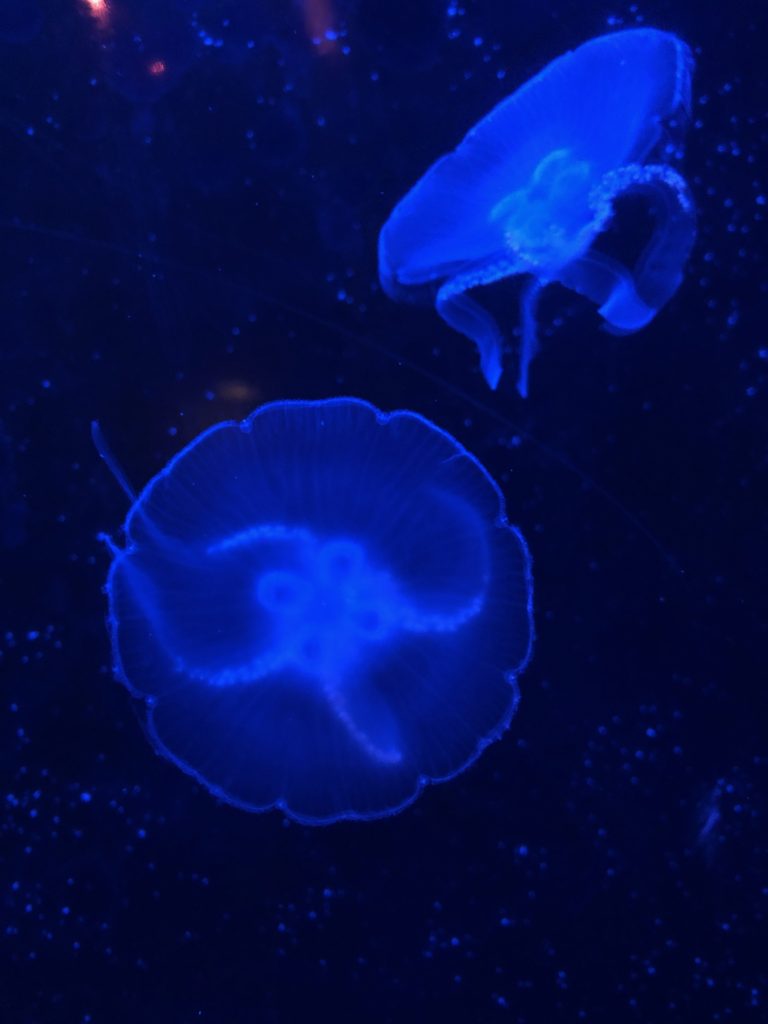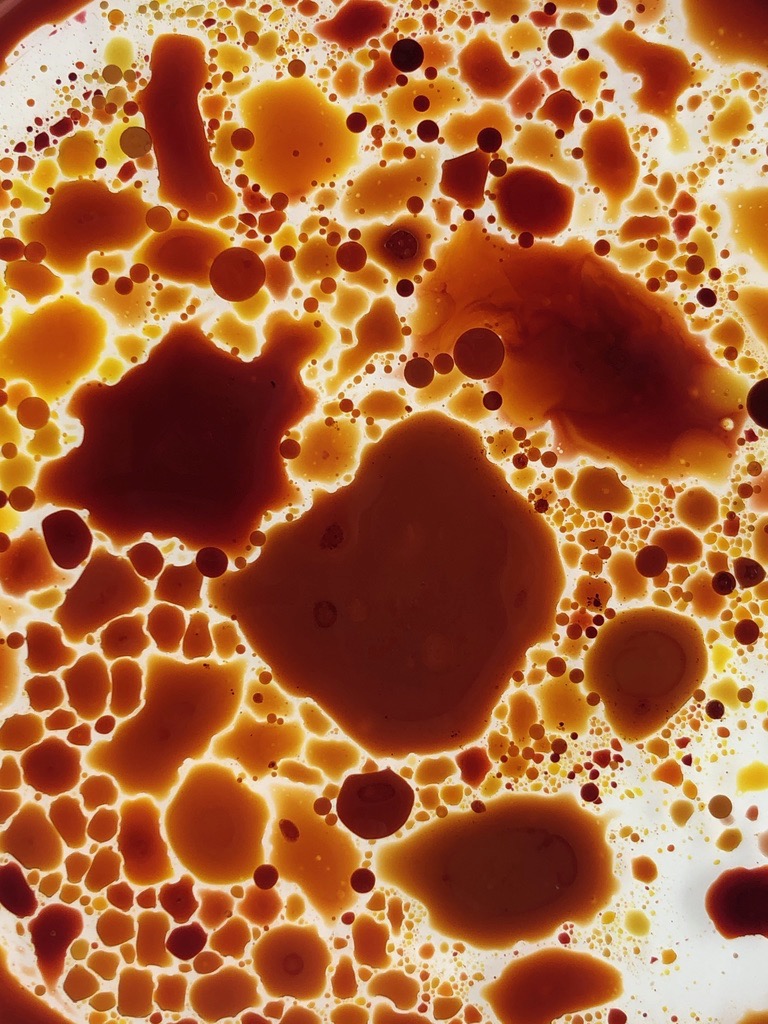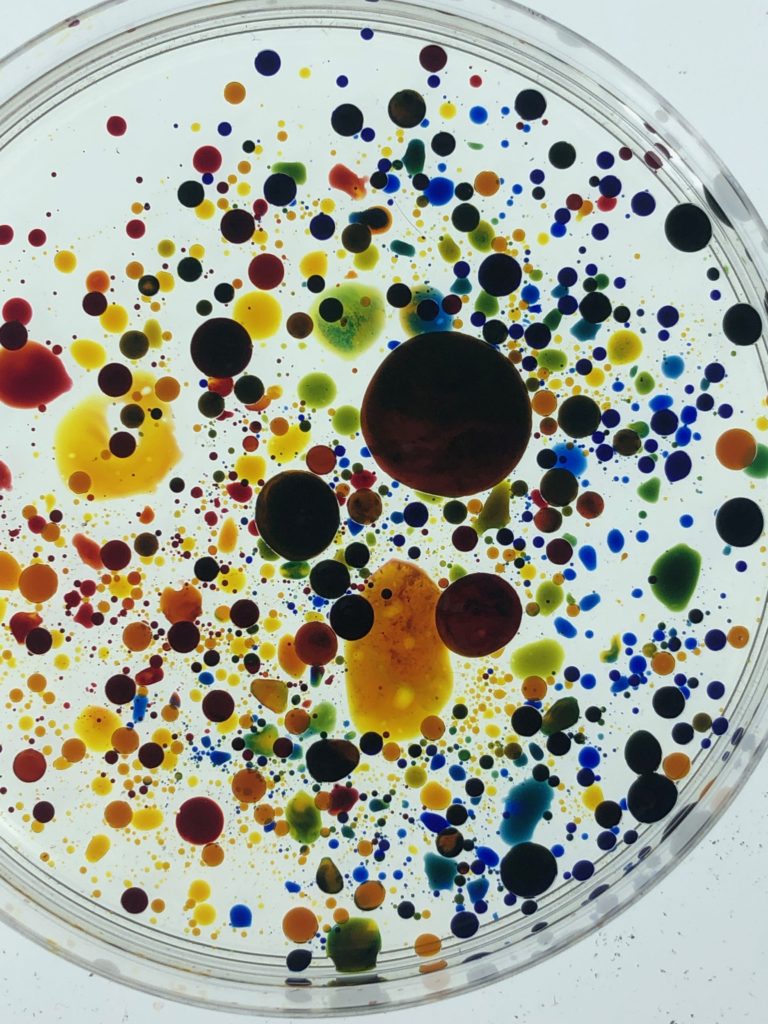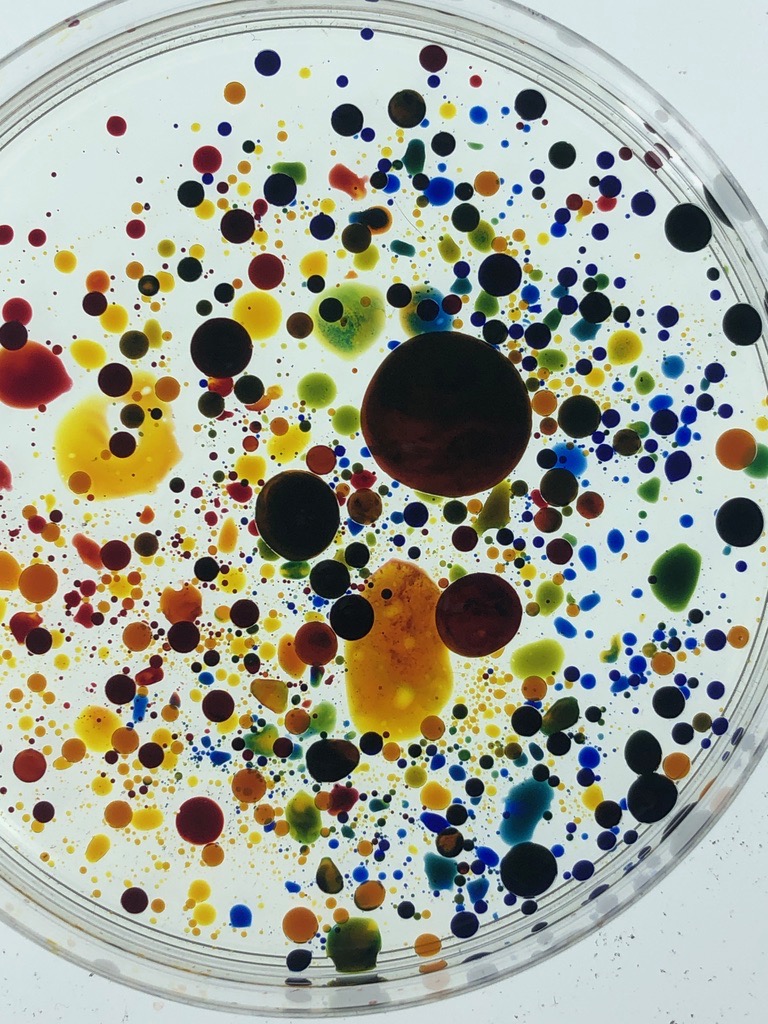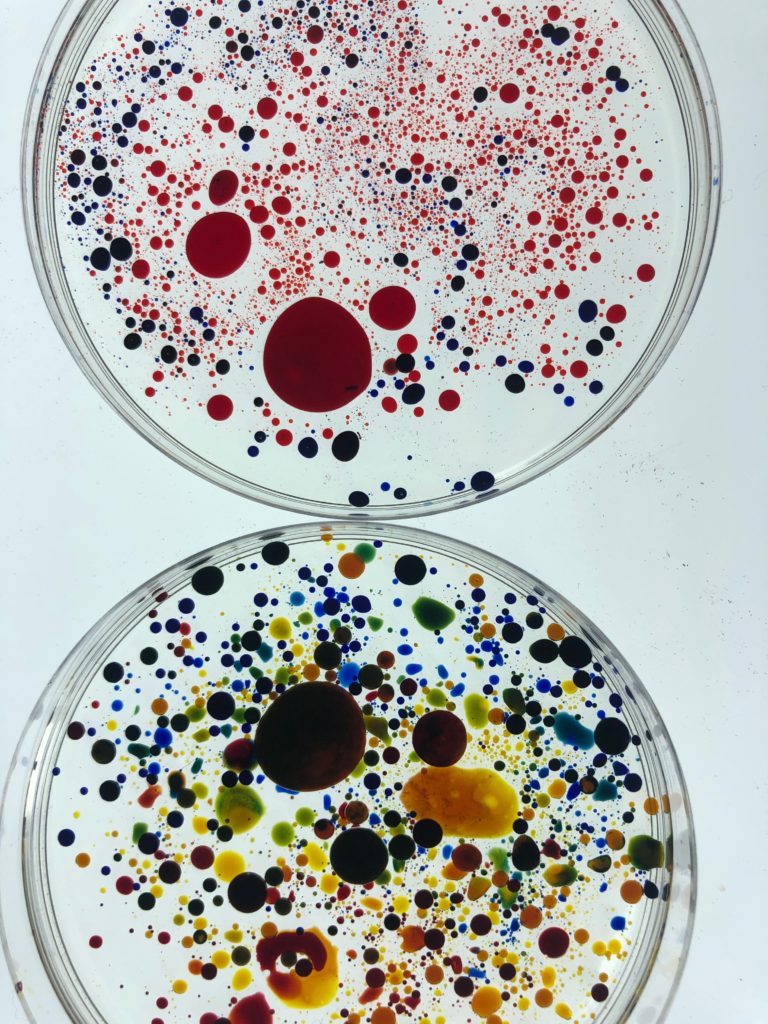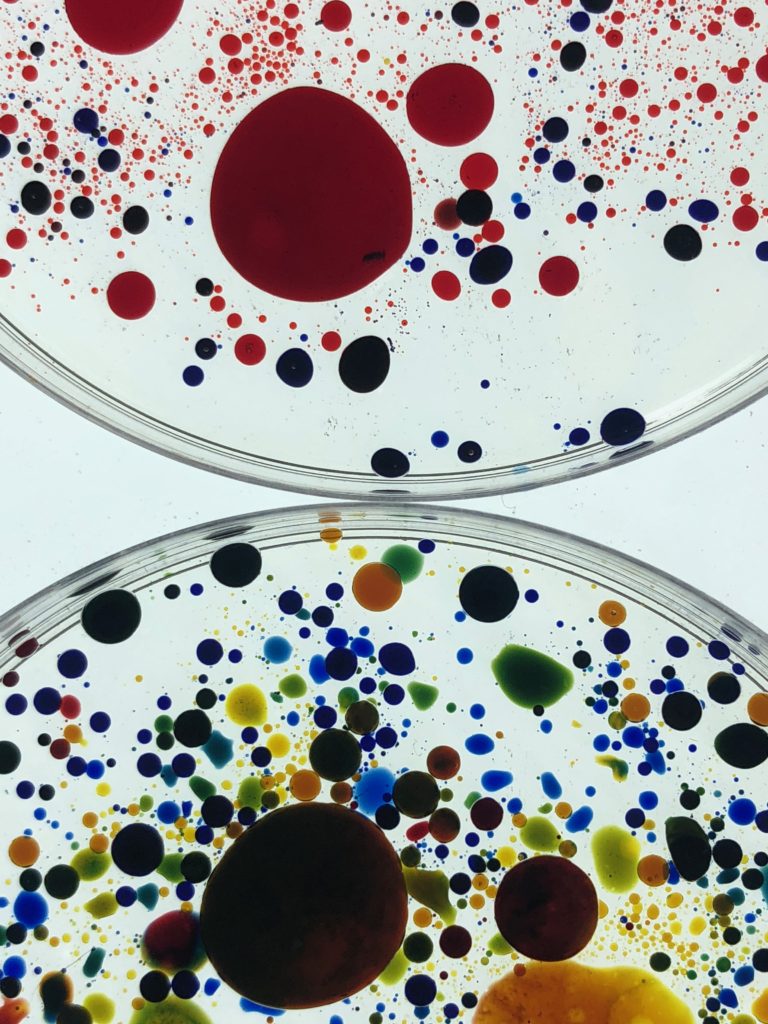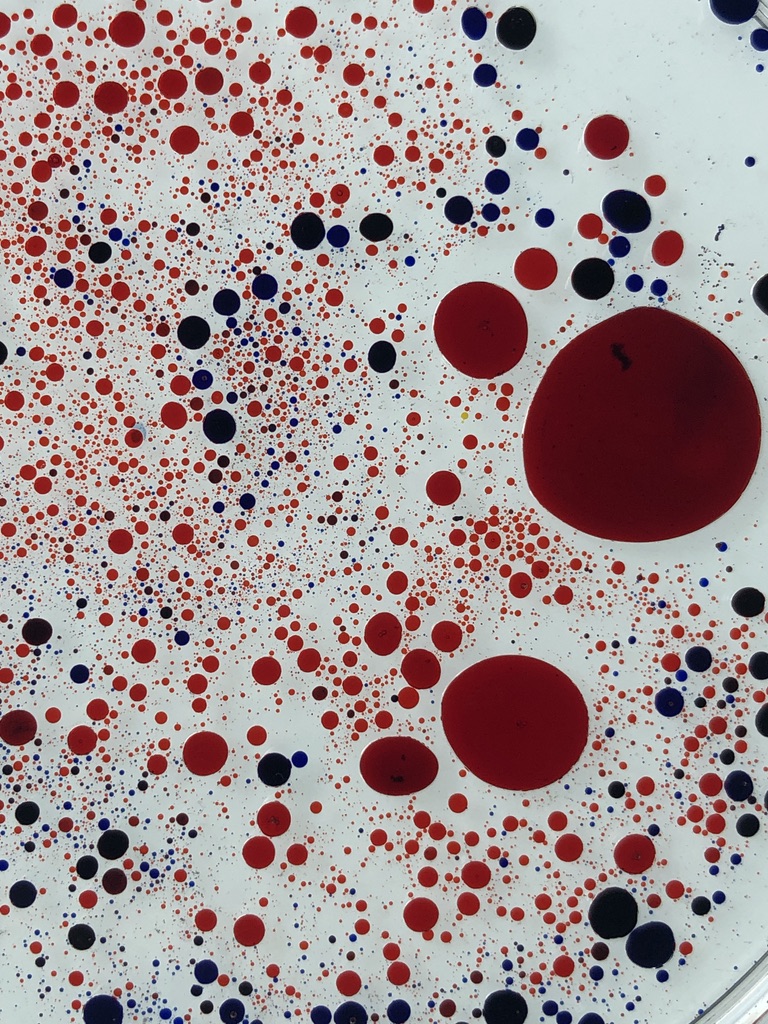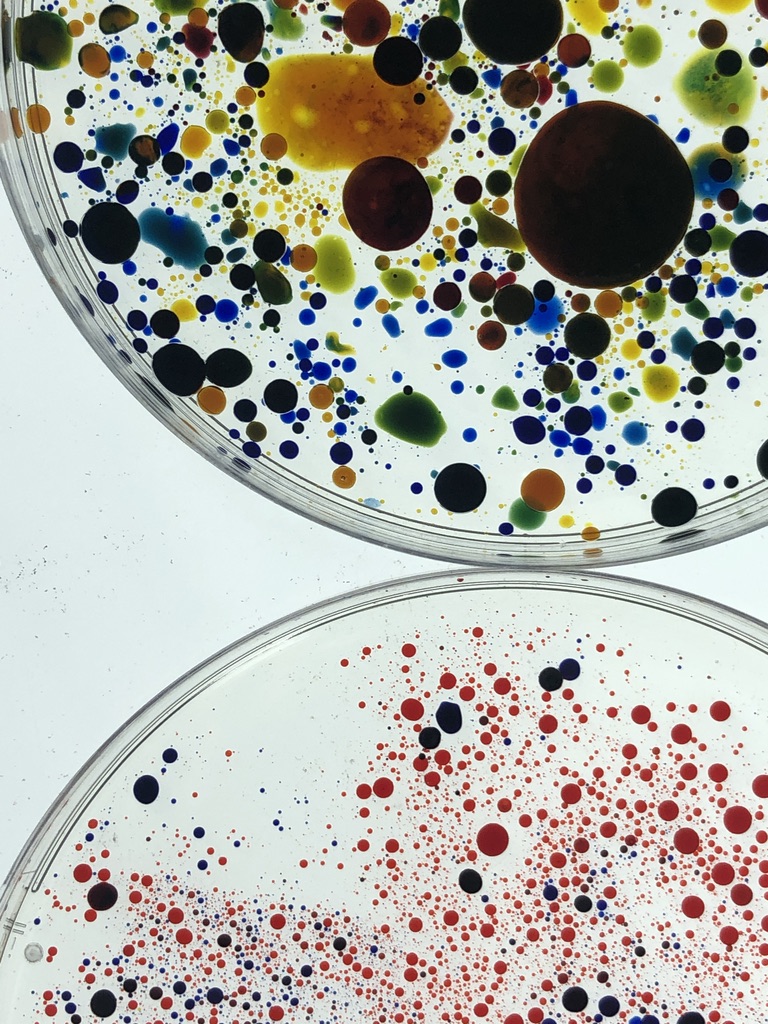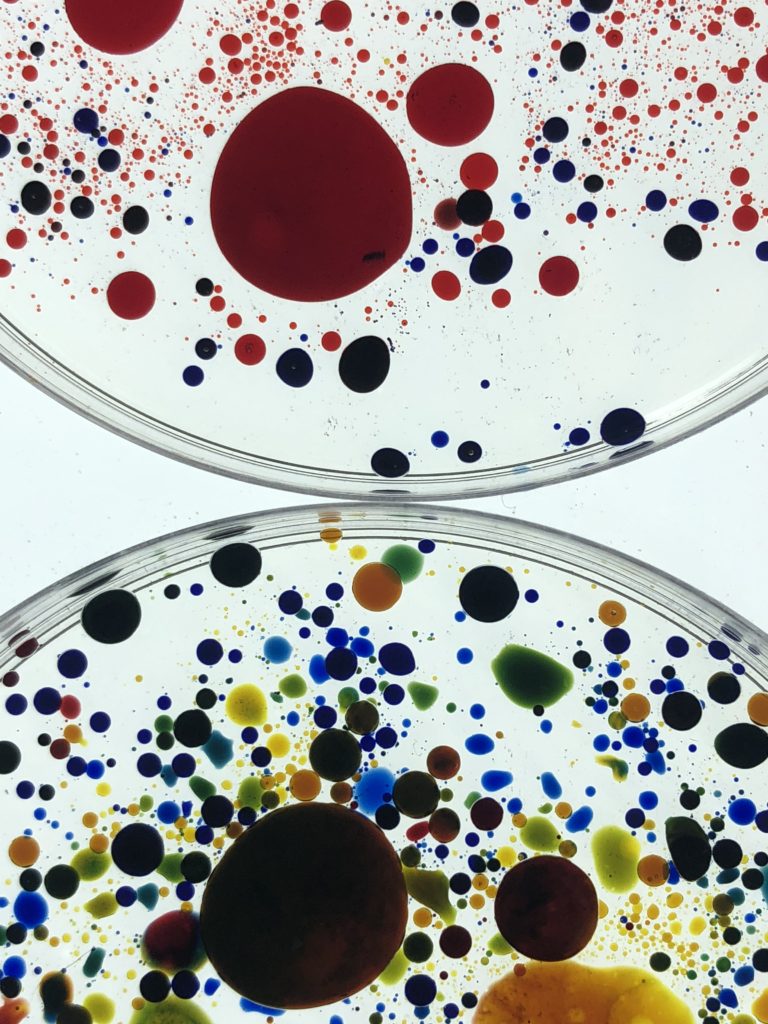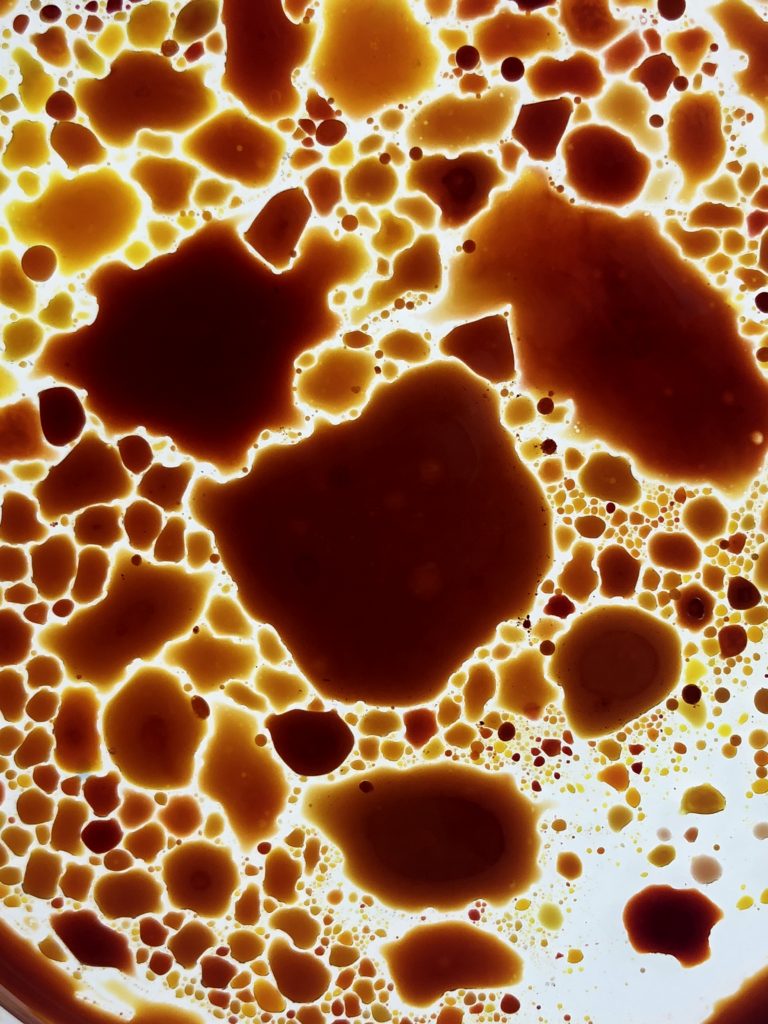– How does Jim Goldberg explore childhood through his work
Childhood is seen as being the stages between birth and puberty. Innocent, care-free, happiness and imagination are common words used when describing childhood. There are many stages of childhood, the early stages of a child’s life are when they are learning through observing and communicating with others, usually supported by an adult figure, this forms the beginning of a child’s autonomy. Children start nursery which initiates their social lives and further enhances their communication skills. As a child matures through the different childhood stages they grow into adolescent children and develop massively socially and mentally. They start to make new friends and gain new skills which enables them to become more independent and magnify their own personality and individuality. The onset of adolescence creates various physical, psychological, and behavioural changes. The way a child is brought up and their environment through these stages sets them out for their life.
Homelessness exposes children to environments that can cause danger to their physical and mental wellbeing. Homeless families often have limited access to health care, vaccinations and basic hygiene practises. Children growing up suffering with homelessness are challenged with stressful and traumatic situations which often they are too young to understand which leads to severe emotional distress and can accumulate over time, creating problems in adulthood. These stressful changes often create a higher result of mental disorders, which become exhibited in homeless children’s behaviour.
Jim Goldberg explores childhood in the late 19th Century. Goldberg began creating the ideas behind and photographing ‘Raised by Wolves’ in 1985 and later started assembling the book in 1991. Between the years of 1985 and 1991 Goldberg bore witness to chaotic reality of street life in a culture of urban poverty. Goldberg shows childhood in an ‘unusual’ manner and from a perspective that is not usually related to childhood.
My inspiration for my personal photobook stemmed from Goldbergs ‘Raised by Wolves’ project as I liked his use of a mix of not only images but text and annotations to support his intentions. For my personal study I will be collating my baby photos and objects that have significance to me and photographing them. To create the final outcome of my book I will be using old images, old drawings and diaries and significant objects from my childhood.
Raised by wolves explores street kids as they endeavour their lives full of addiction, abuse, and violence. Goldberg goes out into the streets of Los Angelos and San Francisco and follows these kids around whilst taking an outsider perspective to his project. Goldberg used half-truths and falsehoods in the children’s stories to reflect what people want or need to believe and leave the book open to peoples own interpretations. Raised by wolves transformed the role that photography played as it highlighted the differences between documentary and narrative and revealing the compromises between myth, history, and identity. As an outsider it was difficult to capture the true emotions and create a sympathetic feel for these kids when he hasn’t experienced their lifestyle. Goldberg used a mixture of images and written text to present the children’s personality, thoughts, and feelings. In an interview Goldberg said “I had always been interested in dialectical arguments, or positions… And when I thought of youth, I thought of my own teenage hood and childhood, and other people I knew who were often scapegoated, not appreciated, or not given a chance. The end result was trouble for them. I wanted to look at those people who were outsiders, like I was..” (Goldberg: 2018). Goldberg experienced a childhood of middle class and wanted to give these children a chance to be heard where they would normally be socially rejected.
Solomon-Godeau produced an essay discussing and exploring the concept of inside/out. Solomon-Godeau talks about the aspects of being an insider vs an outsider and the affects it can have on the outcome of an image. Within the essay she dissects the different positions, describing being an insider as “trusting, engaged and empathetic” whereas on the contrary she describes being an outsider as “unsympathetic, voyeuristic and distant.” Solomon-Godeau presents an insider as someone who has lived or is living through what they are trying to capture, thus creating an emotional and intimate image. She sees an outsider as someone who is trying to capture something they have not experienced themselves and the images being emotionless.

Jim Goldberg 
Mike Brodie
These two images from Goldberg and Brodie show the differences being an insider vs being an outsider creates. In Brodies image it shows a more intimate side of the subject, showing where she may sleep or socialise. The subject is looking directly into the camera, looking relaxed and comfortable. Brodies image is raw and intense with emotion. The image is clean with sharp lighting which aids the deep emotions expressed within the image.
Goldberg images looks like a snapshot taken without much thought or composition. Goldberg’s image has little intimacy as he is capturing a teen walking through the street instead of Brodie who captures his subject within their personal space.
Being an insider can thoroughly change and adapt the meaning and emotions presented in an image. As an insider a photography is able to build relationships with the subject and allow them to feel comfortable and relate to the photographer. With Brodie his subjects were able to show their real personalities and their environment as he was one of them and understood what they were experiencing. This can enhance an image as the viewers as seeing the subject’s true self’s and make the viewers feel sympathetic towards the subject’s situation rather than judging them for it. Whereas, with an outsider’s perspective the subject may be putting on some form of an act as this is a new person. They may act and show emotions differently to how they really feel day to day. The subject may not feel comfortable with the photographer and therefore may be reserved and help back which would not properly present the true emotions and meaning behind the images. From a photographer’s perspective they may not fully be able to capture their ideas fully as they have not experienced that themselves, so they are just photographing based off society’s stereotypes and views on that matter. In regard to, Jim Goldberg, he uses text to let his subjects describe their own experiences with their own words to try and gain an insider perspective.
Goldberg found a specific interest in the lives of two boys named Dave and Echo, he was intrigued by their likeable personalities and their crowds of friends. He began to form a close relationship with these two teens and became immersed in their lives. Dave and Echo were two fascinating but extremely troubled runaways. Dave described his highly Christian parents as a junkie slut and a biker from hell, although untrue the representation seemed fitting for a couple who then went on to turn their back on their dying son. Goldberg uses narratives to give more of a close formed relationship between the subject and the viewer. The narrative makes the viewer feel empathy for the subject rather than judging them. Goldberg challenges the norm and the stigma behind homeless, troubled youths and creates a different image for the viewers.
Dave and Echo have a special part within the book as they talk more deeply about their childhood and their upbringings which Goldberg presents in an interview manor. Goldberg uses a collection of photographs, pieces of conversations, handwritten notes, drawings, snapshots, and the routine of daily life to show these children’s childhood and how their lives and routines is completely different to most teens their age. He presents their personalities, histories, and dreams to give these teens equal attention, and allowed them to present themselves in their own words allowing them to properly express their feelings when they may have not normally had the opportunity.
Although Goldberg does not present a typical childhood, he is capturing the childhood and day to day lives of teens with an unusual life.
In conclusion, Goldberg’s photobook ‘Raised by wolves’ presents childhood in an unusual way and presents children and youths who would typically not been given a chance. Goldberg uses a combination of images, text and diary entries to represent the youth’s thoughts, views and emotions. Goldberg takes an outsider’s approach to Raised by Wolves as he has never experienced that type of lifestyle which is a hard approach to take when trying to present a group of ‘socially rejected’ people which is why he supports his images with text so the subjects themselves so he can also gain an insider’s view. Goldberg’s book is similar to Mike Brodies photobook “‘A period of Juvenile Prosperity” in the fact they both went out exploring and capturing runaway homeless teens. However, Brodie takes an insider’s approach as he was one of the homeless teens and therefore he just captured the people he was surrounded by and the environments which they stayed in. The difference between and outsiders’ perspective can entirely change the way a viewer interprets the book and the emotions presented from the subjects. Solomon-Godeau discusses this concept within her essay ‘Inside/out,’ discussing the different concepts and how this can affect one’s images and final outcome.
Bibliography
Solomon-Godeau, A. (1994), Public Information Desire, Disaster, Document. San Francisco: SFMOMA.
Jim Goldberg (2018), Magnum Photos, A Completely True Work of Fiction.
Jim Goldberg (2021), Magnum Photos, Fingerprint: Tracing the Roots of Jim Goldberg’s Raised by Wolves.
Miss Rosen (2021) Blind magazine, Tracing the Roots of Jim Goldberg’s “Raised by Wolves”.





